Rafting business in Nepal plummets by 90%
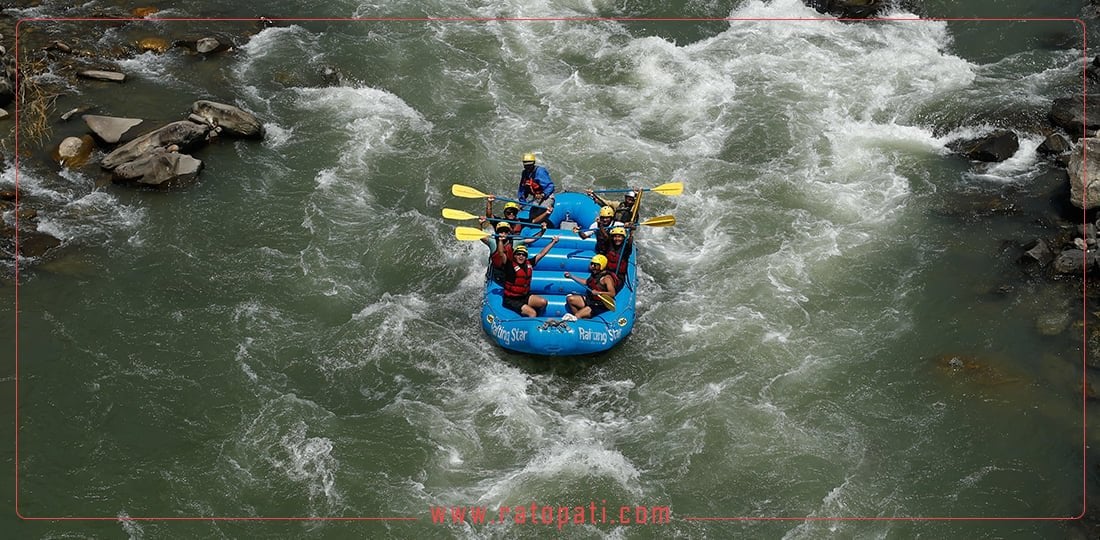
Kathmandu, October 8 — Under normal circumstances, there would be a line of rafting boats along rivers like Bhote Koshi and Trishuli, with crowds of people wearing life jackets in the area. On these rivers, as many as 5,000 to 6,000 people would typically go rafting daily. However, this year the area is deserted, and businesses report a 90 percent drop in activity.
The floods caused by continuous rainfall last Friday and Saturday swept away many resorts along the Bhote Koshi. At Sindhu Beach Resort of Mulkot, one foreign tourist and a Nepal Army personnel lost their lives. In this adverse situation, the desire of customers to enjoy adventurous trips has diminished, and the need to “accelerate” the struggling business has been swept away along with the resorts.
According to Shiva Adhikari, president of the Nepal Association for Rafting Agencies (NARA), most resorts operating rafting companies have been severely damaged. "This is not a standalone business; it is tied to resorts. After a tiring trip, there needs to be a place to rest, which is why these resorts should be located close to the rivers," he says. "Rafting is not just about floating on the river; other services must also be provided, and the destruction of resorts has created problems."
Stalled business
According to Adhikari, the damage to resorts is not the only reason for the stalling of business during the peak season. Factors such as road conditions, ongoing monsoon rains, and the psychology of customers, business owners, and workers are also creating obstacles.
Landslides have occurred in various sections from Dhading's Jhyaple Khola to Chitwan's Muglin. The situation is similar in the east, where even without rain, dry landslides have blocked roads. In such conditions, no one is willing to take the risk of going rafting, says Adhikari.
The most critical issue now is the roads. Bhote Koshi and Trishuli are known for the highest number of rafting activities in Nepal. In Karnali, tourists spend more money and purchase such packages. However, the condition of the roads leading to these two main spots is precarious. Landslides have occurred in various sections from Dhading's Jhyaple Khola to Chitwan's Muglin. The situation is the same in the east, where dry landslides have also obstructed roads. Adhikari states that in this scenario, no one will risk going rafting.
The monsoon has not yet completely retreated from Nepal. Adhikari mentions that the cloudy weather has also dampened people's mood for rafting. "The weather needs to clear for rafting. The monsoon hasn't ended yet this year; sometimes it's sunny, sometimes it rains, which naturally reduces the number of people willing to take services."
Moreover, Adhikari points out that the general public is not in the mood for adventurous tourism either. "The disaster has caused billions in losses, and hundreds have lost their lives. The government declared a three-day national mourning; in such a situation, people aren't inclined to seek entertainment, which has contributed to the stalling of the business."
With the business stalled in the peak season, nearly 5,000 business owners and workers in the region are in a precarious situation as Dashain approaches. Currently, about 90 rafting companies are operational across the country, providing direct employment to over a thousand people. This sector had also created an equivalent amount of employment for resorts and travel and logistics support for those engaged in rafting.
Tourists spend up to NPR 300,000 on rafting
In recent years, the association estimates that between 250,000 to 300,000 people have availed of rafting services annually. Of these, nearly 97 percent are domestic tourists, while three percent are foreign tourists, according to the experience of business owners.
Some businesses engaged in rafting on the Karnali River sell services to foreign tourists for 250,000 to 300,000 Nepali Rupees. Tourists who spend this much typically engage in water sports for 10 to 12 days, often staying in resorts by the river at night. Foreign tourists are generally willing to spend a lot for rafting. According to Adhikari, tourists this time have altered their schedules due to road conditions, and some have canceled trips altogether.
Nepali tourists typically spend between 2,000 to 5,000 Rupees per day for these services. Most only avail themselves of this service for a single day, while some purchase services for up to two days. However, Adhikari notes that this year, the psychology of Nepali customers has also weakened.
Hydropower expansion affects business
Business owners lament that the recent increase in hydropower projects has negatively impacted the rafting industry. Especially, long-distance rafting is being affected due to these projects. The trend of blocking main rivers like Bhote Koshi, Sun Koshi, Trishuli, and Karnali under the guise of hydropower and diverting them into canals has reduced the number of foreign tourists, according to their experiences. This issue is worsening, leading to the closure of many companies.
Adhikari mentions that a few years ago, the number of companies providing rafting services reached up to 160. Now, only 90 are operational. The decline in spending by foreign tourists has caused these companies to shut down.


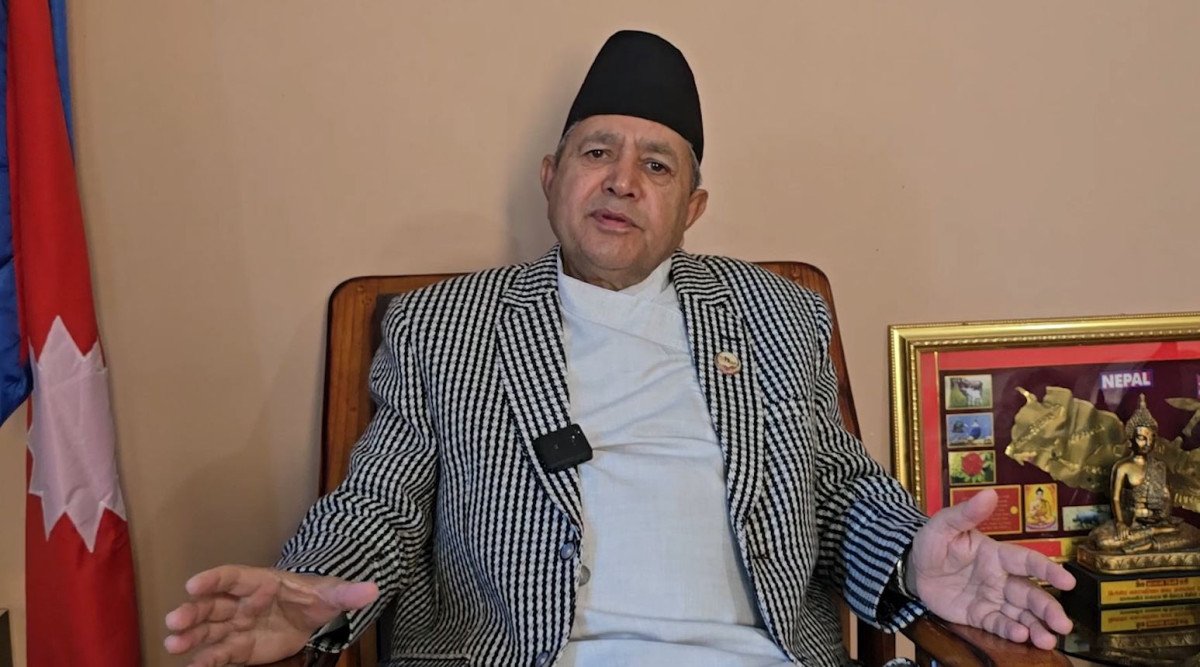
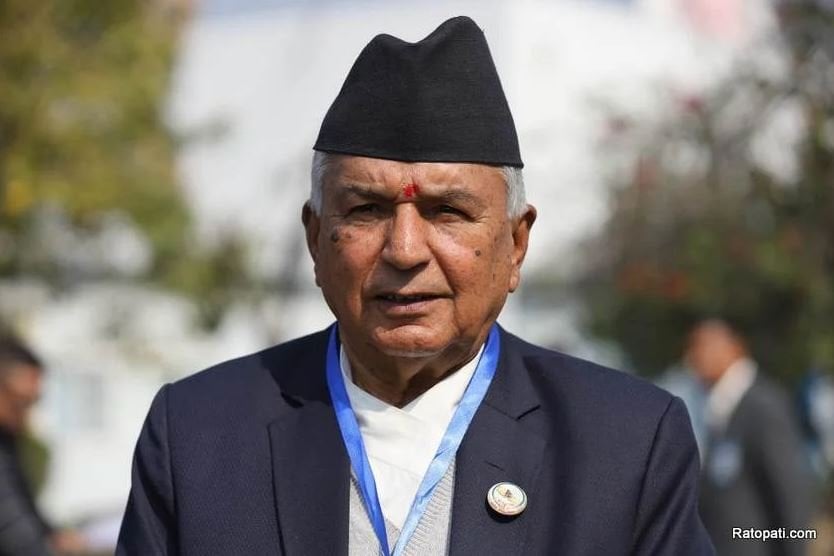

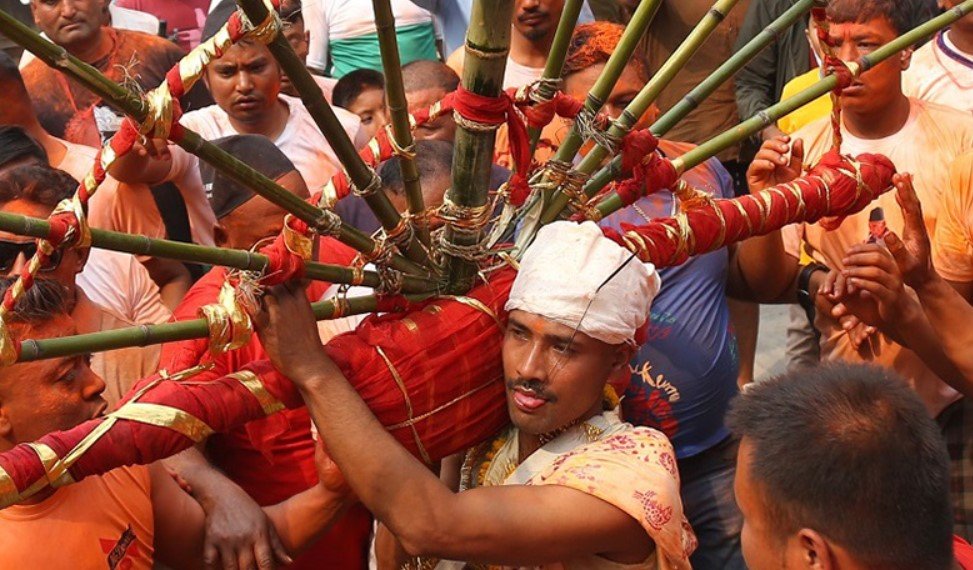
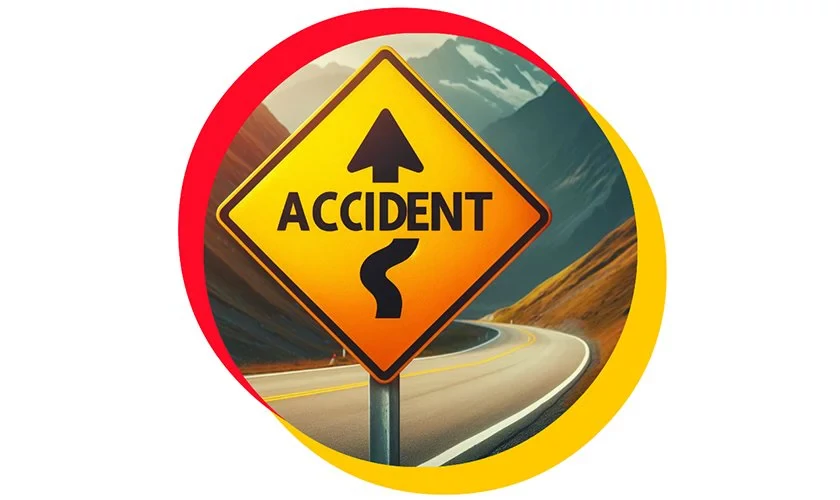
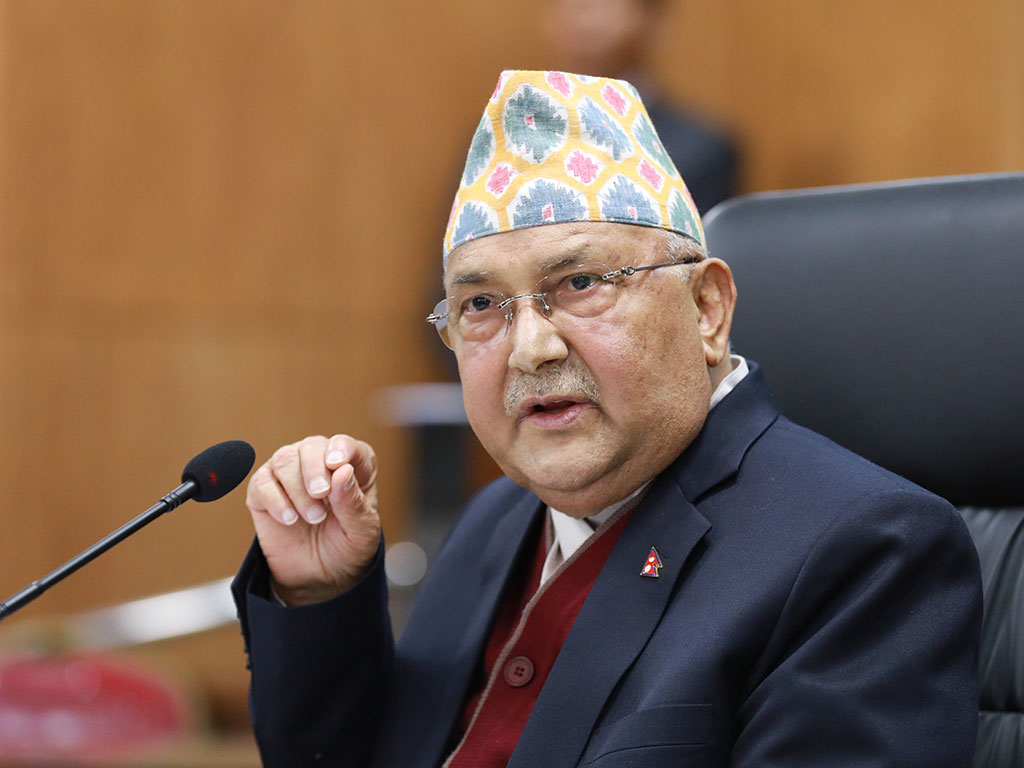
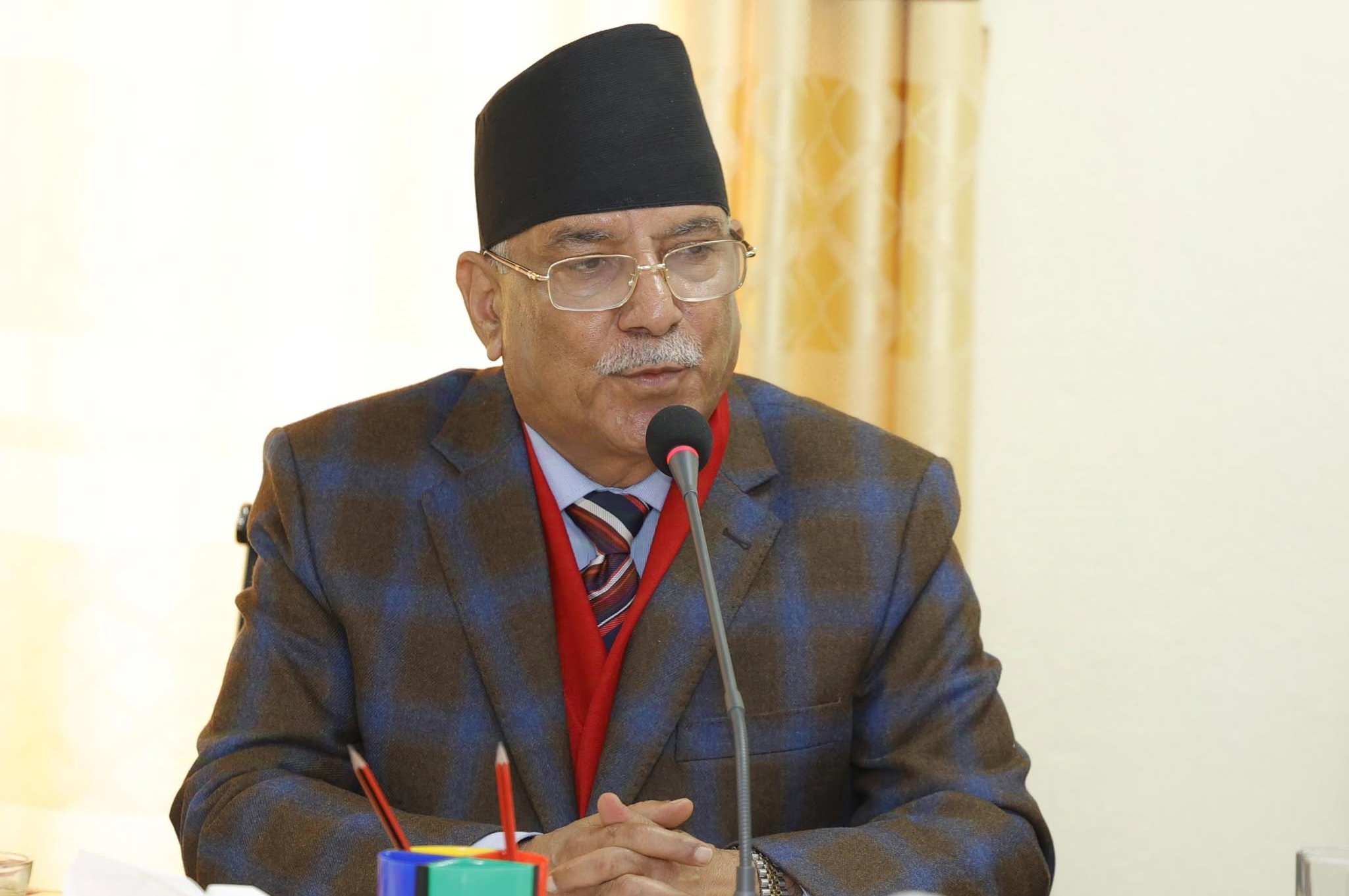
Leave Comment